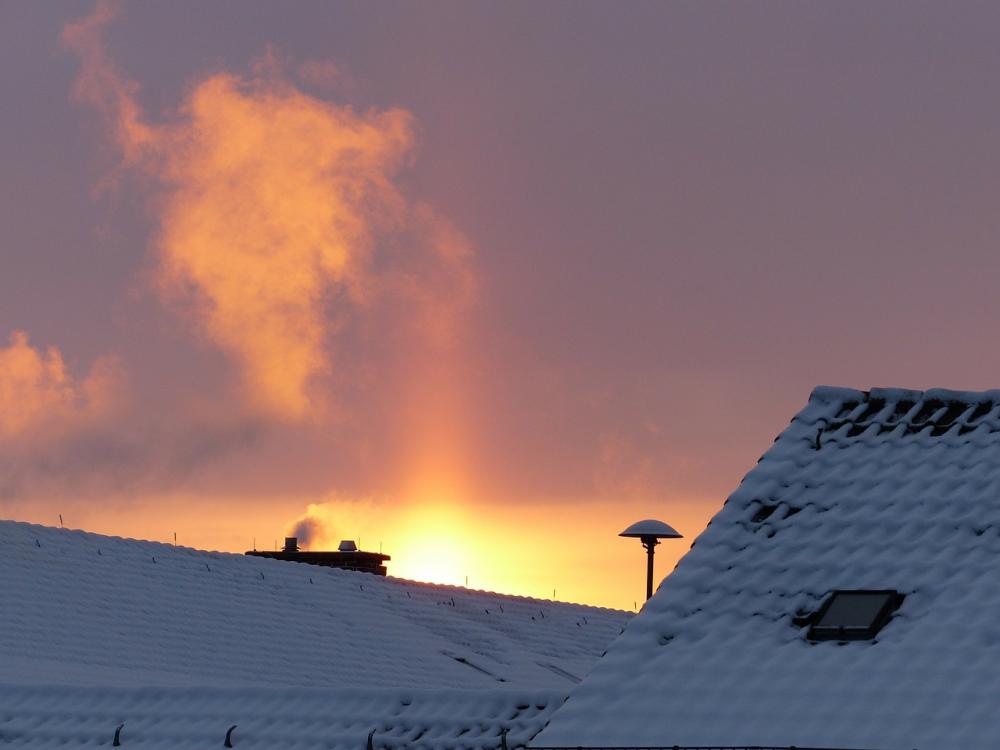3 Ways to Cut down on Pollution from Your Wood-Burning Fireplace
Burning a wood fire in your fireplace on chilly winter days can add a touch of coziness to your home, and it can also bring much-needed warmth to your space. However, a wood-burning fire in your fireplace can increase indoor air pollution. The air pollution can be so significant at times that it creates a true health hazard that puts you and your loved ones inside the home at immediate risk. With proper usage and maintenance of your fireplace, you can reduce the risk of indoor air pollution generated by your fireplace.
Clean the Chimney Regularly
Each time you burn a wood fire in your fireplace, creosote, and other elements are deposited in the chimney. These are highly flammable materials, and a stray spark could ignite the material and cause a house fire. In addition, when the material is very thick, it can partially or even fully block the flow of smoke out of the home. When even some of the smoke remains inside the home, the issue of toxic gases becomes a serious concern. Scheduling annual chimney sweeping service before you use the fireplace each season can reduce this risk. If you use your fireplace heavily, it may also be necessary to schedule a second service halfway through the winter season.
Open the Flue Completely
Another cause of indoor air pollution from a fireplace relates to the flue. The flue must be fully open in order to allow smoke to filter up and out of the home. If the flue is not open, the smoke can billow back into the home. During a chimney inspection, a chimney sweep can inspect the flue and ensure that it functions as intended.
Ensure Proper Ventilation
Ventilation is critical when you are burning a wood fire in your fireplace. Smoke typically will rise up and out of the home through the chimney when the flue is open. However, when you have open windows or doors inside the home or even when fans are operating in some rooms, the smoke can be pulled into the home. If you are concerned about carbon monoxide from your fireplace, invest in a quality carbon monoxide detector. If ventilation continues to be an issue with a conventional fireplace, you may need to replace it with a safer alternative like a gas fireplace insert.
As wonderful as a wood-burning fireplace can be throughout the winter, this charming feature can be hazardous to your health. Indoor air pollution is a serious concern for anyone who burns a fire even occasionally in their fireplace. Take these steps today to keep your home environment as safe as possible.




0 Comments
Recommended Comments
There are no comments to display.